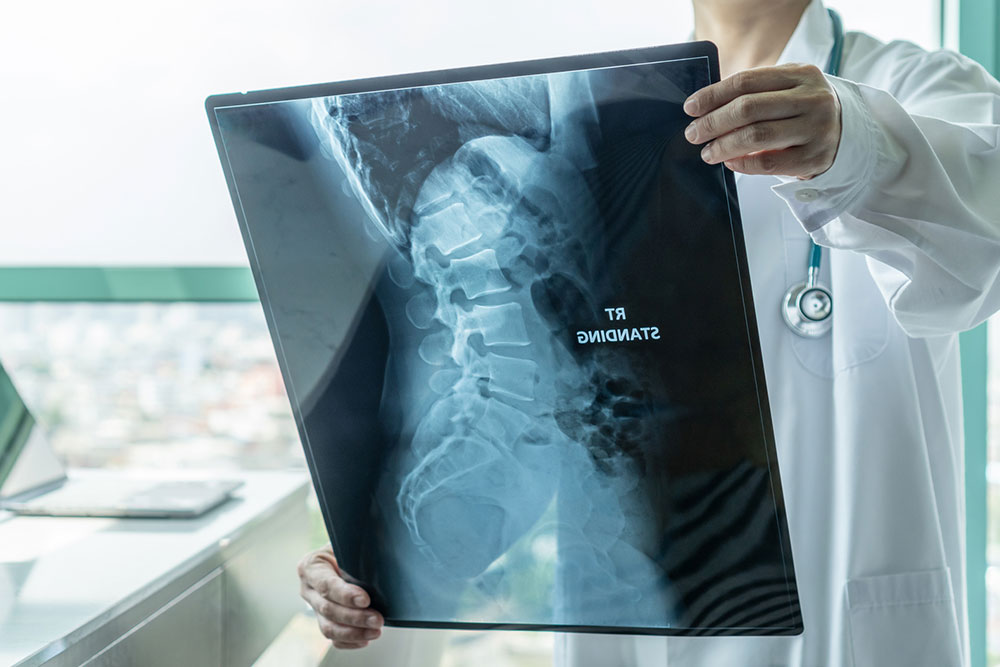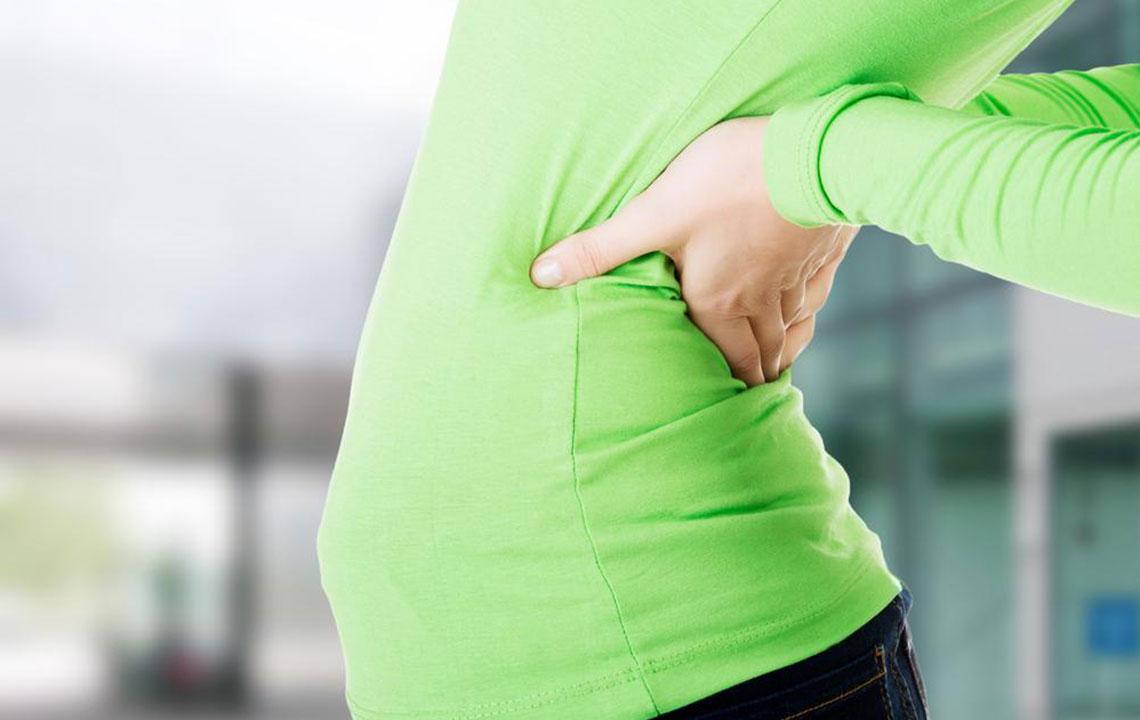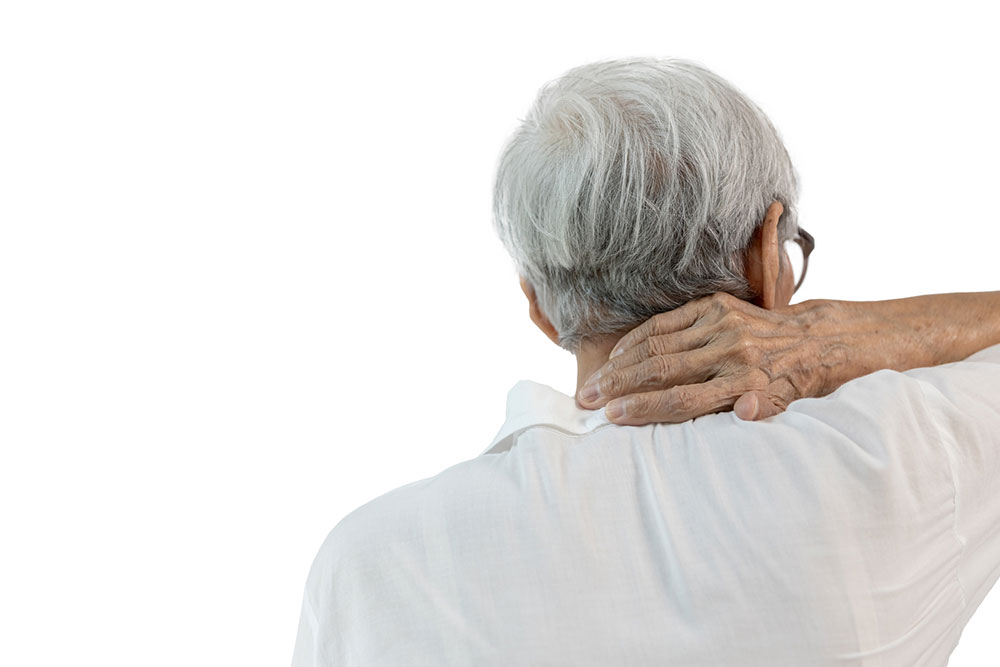Recognizing the 8 Key Symptoms of Cervical Osteoarthritis
This article outlines eight common symptoms of cervical osteoarthritis, including headaches, neck pain, limited mobility, muscle spasms, and numbness. Recognizing these signs early can facilitate timely treatment and prevent progression of the condition. The article emphasizes the importance of consulting healthcare providers for proper management of cervical degeneration.

Recognizing the 8 Key Symptoms of Cervical Osteoarthritis
Cervical osteoarthritis is a widespread condition affecting neck joints and spinal discs. Research indicates that over 85% of older adults experience symptoms related to this degenerative disorder. Activities involving prolonged neck positioning, such as working at a computer or driving, can trigger these issues. Early identification of symptoms is essential for timely management and prevention of progression.
1. Headaches
Individuals often report frequent headaches originating at the base of their neck, known as cervicogenic headaches. These can start mild and intensify, radiating upward and causing discomfort, especially during movement. The pain can interfere with daily routines and sometimes lead to a dull ache around the eyes.
It can significantly impair quality of life, with pain starting as mild discomfort and progressing to sharp, throbbing sensations. Moving the neck often worsens the pain and might cause a dull ache near the eyes.
2. Neck Pain and Rigidity
Neck pain combined with stiffness is an early indicator of cervical degeneration. The pain ranges from dull to stabbing, often worse after inactivity or in the morning. As the condition advances, discomfort extends to shoulders and surrounding areas. Gentle stretching and warm compresses can provide relief, but persistent pain warrants medical consultation to halt progression.
3. Limited Neck Movement
Degeneration of cervical discs or bone spur formation can restrict neck mobility. Pain and inflammation make turning or tilting the head difficult. Attempting to move the neck can exacerbate pain and headaches, especially during sudden movements. Such restrictions can limit daily activities and require medical attention to prevent further deterioration.
4. Muscle Spasms and Weakness
Initial stages often involve involuntary muscle contractions or spasms, which can be painful and limit movement. Over time, muscle weakness may develop, making it hard to carry objects or perform routine tasks. Severe spasms may necessitate use of a neck brace or other support, highlighting the importance of early diagnosis and treatment.
5. Popping and Grinding Noises
A lesser-known early sign is hearing grinding or popping sounds during neck movement. These noises result from roughened joint surfaces and are normally harmless. They may become noticeable during sudden or specific movements and should not cause alarm but should be monitored.
6. Numbness and Tingling
Pinched nerves can cause numbness or tingling sensations in the arms and hands, commonly called 'pins and needles.' Such symptoms may reduce grip strength and dexterity, making tasks like writing or buttoning clothing difficult. Persistent numbness may indicate nerve compression requiring medical evaluation.
7. Morning Stiffness
Stiffness upon waking is typical due to nighttime inactivity and can signal cervical issues. Gentle stretching, warm showers, and maintaining good posture can alleviate this symptom. Regular physical activity and ergonomic sleeping positions can also minimize stiffness.
8. Difficulty Swallowing
In rare cases, cervical degeneration may interfere with swallowing, known as dysphagia. This can cause food to feel stuck, cough, or choke during meals, and may exacerbate neck pain and headaches. Although uncommon, early detection is important for appropriate management.










